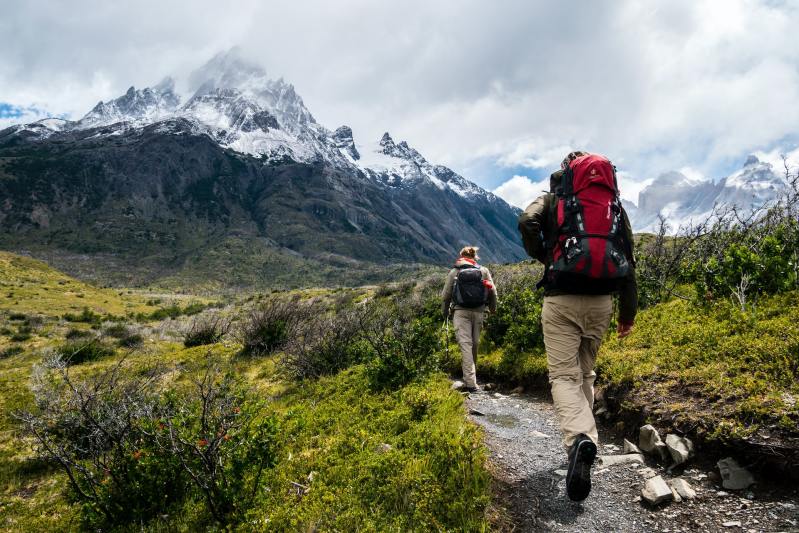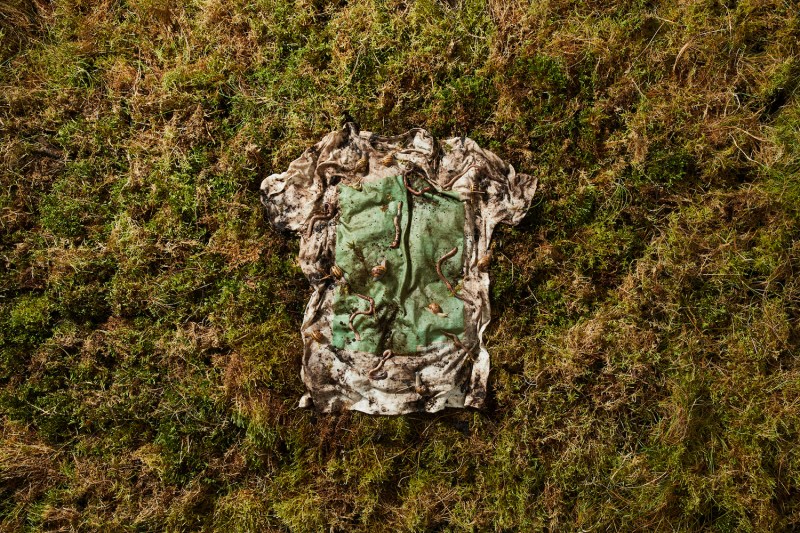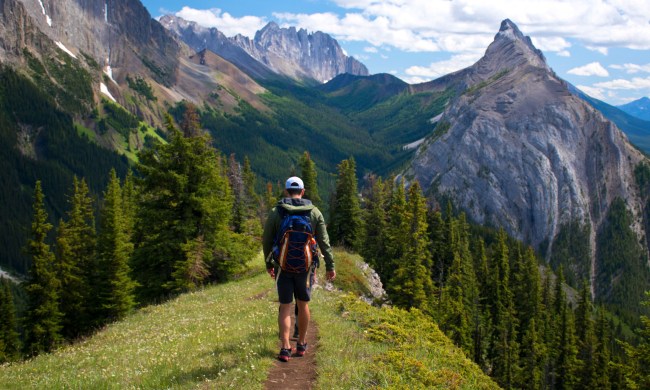
Despite what the conspiracy theorists would have you believe, we’ve been facing a climate change crisis for some time now. Green-savvy companies in almost every industry are working to clean up their manufacturing processes as much as possible. But outdoor stores and brands, more than any other, have been at the forefront of the movement. They’re leaning into clever, often plant-based materials and processes to minimize greenhouse gas production, cut waste, and create better overall products to boot. This year, however, is shaping up to be the year when you can finally expect a sea change in how the newest gear in your closet could be made. Here are the eco-conscious trends we’re excited about right now.
Related Guides
Fancy Fabrics
On the “lighter” side of the push toward greener gear is the use of more enviro-friendly manufacturing processes that cut down on waste and pollution. Last month, for example, Colorado-based Big Agnes announced the 2021 debut of a collection of ultralight tents
Reduce, Reuse, Recycle
Creating products from recycled materials isn’t new. But, continually recycling things derived from fossil fuels isn’t a viable path to a greener future. We need to rely on recycling sustainable natural materials. Next month, Big Agnes is also releasing two all-new TwisterCane-based products, including the BioFoam Pad BioFoam Hiking Seat

Worm Food Wear
Few companies are leading the future-forward charge for sustainable apparel like Vollebak. In 2019, the brand debuted an innovative, 100% biodegradable t-shirt. The plant-based fabric was sourced from eucalyptus pulp and beech, while the logo design was made entirely from algae grown in bioreactors. What’s more: It’s compostable. Bury it in your backyard, and it’ll be worm food in about 12 weeks. It’s a slow process, for sure, but way more enviro-friendly than its plastic and microfiber counterparts. The downside is that high-tech green alternatives like this have always been pricey (this Vollebak edition runs more than $100). As demand for apparel like this firms up this year, however, expect those prices to drop as more companies offer similar products.
“Used Is the New New”
Beyond relying on recycled materials from the start, more brands are encouraging their customers to buy less and recycle the end products, too. Patagonia has been leading this charge for years, in accordance with its mission statement of being “… in business to save our home planet.” But the company’s CEO said in a recent interview that, starting this year, it’s pushing its Worn Wear initiative even harder. The program aims to connect directly with Patagonia customers to find ways to keep their apparel and outdoor gear out of landfills and in use for as long as possible. Several companies offer similar programs like REI Used Gear Arc’teryx’s Used Gear The North Face Renewed
With that in mind, the easiest thing we nature lovers can do as good stewards of our planet is to simply buy secondhand. Most high-quality brand-name gear is designed to outlast you, so there’s rarely a reason to buy new. Look to secondhand markets like eBay, Facebook Marketplace, and Geartrade to score gently used (sometimes like new) gear at a fraction of the price.



